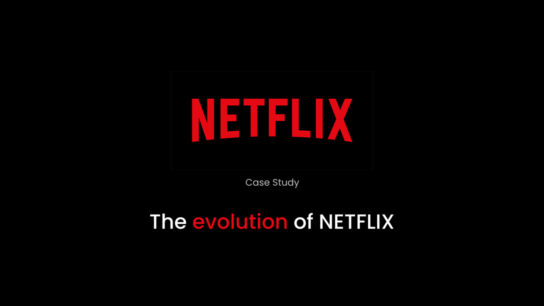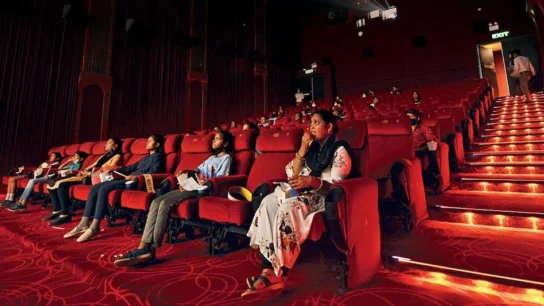The 1950s marked a transformative decade for cinema, characterized by a diverse range of genres and iconic films that continue to resonate with audiences today. From the emergence of new filmmaking techniques to the rise of legendary directors and actors, this era left an indelible mark on the history of cinema.
1. Introduction to the 1950s Cinema
The 1950s was a period of post-World War II recovery and societal change, reflected in the themes and narratives of its films. This era saw the continuation of Hollywood’s Golden Age, where studios produced a multitude of films that catered to a burgeoning audience eager for entertainment and escapism.
2. Popular Genres of the 1950s
Film Noir: Known for its dark, atmospheric style and morally ambiguous characters, film noir continued to thrive in the 1950s with classics like “Sunset Boulevard” (1950) and “The Big Heat” (1953).
Musicals: The 1950s witnessed a resurgence of musicals, often featuring elaborate dance sequences and catchy songs. Notable examples include “Singin’ in the Rain” (1952) and “The King and I” (1956).
Westerns: The western genre remained popular, depicting the rugged landscapes of the American frontier and exploring themes of justice and individualism. Films like “High Noon” (1952) and “Shane” (1953) exemplified this genre’s appeal.
Science Fiction: With the advent of new technologies and the Cold War looming, science fiction films gained prominence, reflecting fears and aspirations of the era. “The Day the Earth Stood Still” (1951) and “Invasion of the Body Snatchers” (1956) are prime examples.
3. Notable Directors and Their Works
Alfred Hitchcock: Master of suspense, Hitchcock continued to captivate audiences with films like “Vertigo” (1958) and “North by Northwest” (1959), showcasing his distinctive storytelling and technical prowess.
Billy Wilder: Known for his sharp wit and versatility, Wilder directed classics such as “Sunset Boulevard” (1950) and “Some Like It Hot” (1959), which blended humor with social commentary.
Akira Kurosawa: Hailing from Japan, Kurosawa gained international acclaim with films like “Rashomon” (1950) and “Seven Samurai” (1954), influencing filmmakers worldwide with his innovative narrative techniques and profound themes.
4. Iconic Actors and Actresses
James Dean: Despite his tragically short career, James Dean became an emblematic figure of teenage rebellion and disillusionment in films like “Rebel Without a Cause” (1955).
Audrey Hepburn: Known for her elegance and charm, Hepburn starred in classics such as “Roman Holiday” (1953) and “Breakfast at Tiffany’s” (1961), leaving an enduring legacy in Hollywood.
Marlon Brando: Renowned for his method acting and intensity, Brando delivered unforgettable performances in “A Streetcar Named Desire” (1951) and “On the Waterfront” (1954).
5. Cultural Impact and Legacy
The 1950s laid the groundwork for modern filmmaking, influencing subsequent generations of directors and shaping the evolution of cinematic techniques. The era’s films not only entertained but also reflected societal values, anxieties, and aspirations, making them timeless pieces of art that continue to resonate with audiences worldwide.
In conclusion, the 1950s was a pivotal decade for cinema, marked by innovation, creativity, and cultural significance. The films produced during this era remain essential viewing for cinephiles and continue to inspire filmmakers and audiences alike, ensuring their enduring legacy in the history of motion pictures.




